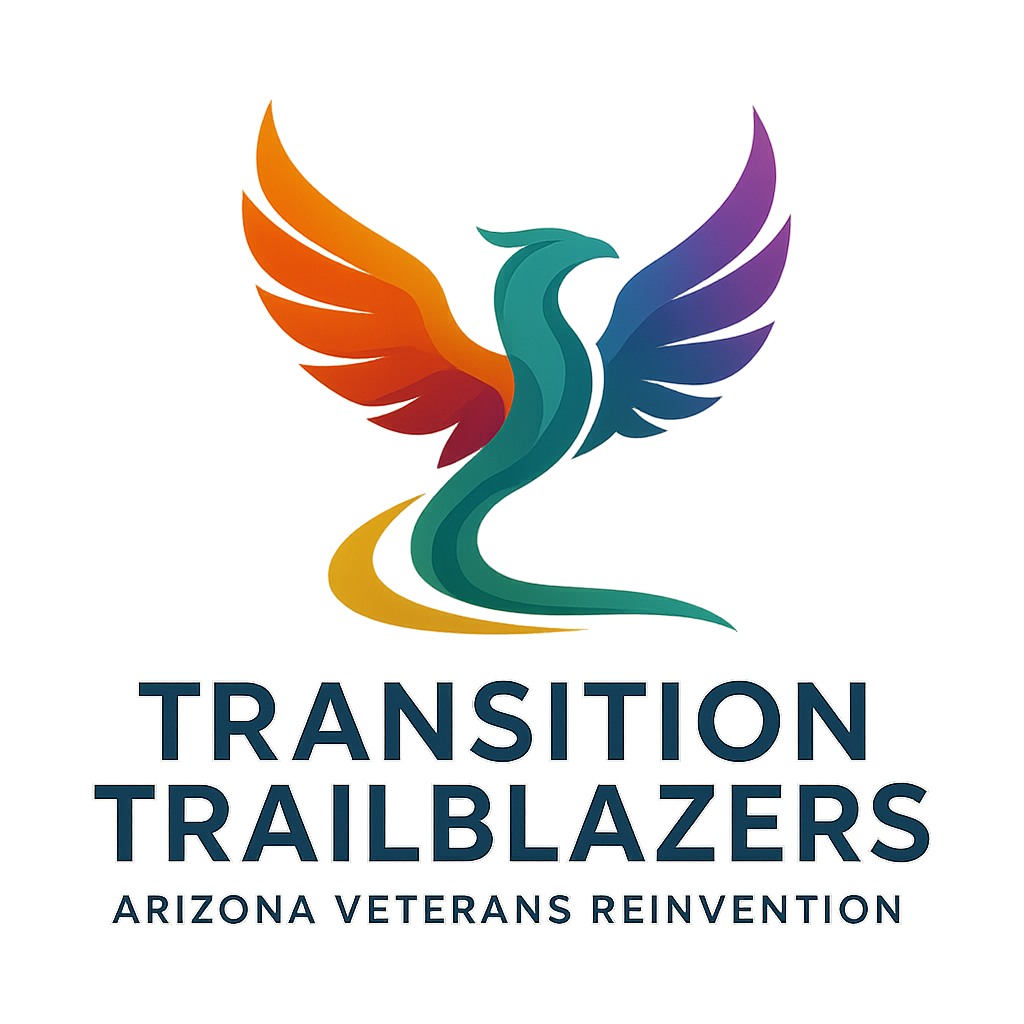Transition TrailBlazers
Executive Order Impact Navigator for Government Talent Leaders
Strategic Overview: The Great Pivot
The 2025 executive order stack represents the most significant shift in federal talent strategy since the Civil Rights Act. Government talent leaders are navigating uncharted territory as they transition from equity-driven inclusion to skills-plus-ideological alignment frameworks.
Major Executive Orders
Reshaping the entire federal hiring landscape
Day Compliance Window
To dismantle existing DEI programs
Day Hiring Target
New KPI for time-to-hire metrics
As a government talent leader, you're no longer just managing recruitment—you're architecting a complete organizational transformation. The shift from diversity metrics to "patriotic values" assessments requires new competencies, risk frameworks, and stakeholder management approaches.
Unlike typical policy changes that phase in gradually, these executive orders create immediate compliance requirements. Agencies that don't adapt quickly face legal liability, talent pipeline disruption, and competitive disadvantage in attracting skilled professionals.
Risk Assessment Matrix
Understanding and quantifying risks is crucial for developing mitigation strategies. Each risk category requires different approaches and timeline considerations.
What it means: The elimination of DEI internships, MSI partnerships, and specialized hiring liaisons removes established pathways for historically excluded groups.
Timeline impact: 6-12 month applicant flow contraction expected among women, LGBTQ+, and minority technologists.
Mitigation urgency: Immediate action required to establish alternative outreach channels.
What it means: Prohibiting demographic data collection hampers barrier analysis and EEO-1 monitoring capabilities.
Legal exposure: Agencies may face Title VII disparate impact litigation without metrics to defend decisions.
Mitigation approach: Develop proxy metrics and alternative assessment methods.
What it means: Large vendors are rapidly restructuring DEI programs and supplier diversity initiatives.
Financial impact: Expect pricing premiums as contractors bake legal-risk contingencies into FY-26 proposals.
Procurement implications: Contract recompete turbulence likely in Q3-Q4 2025.
What it means: "Patriotic values essays" may deter elite AI and biotech candidates who prefer ideologically neutral employers.
Competitive impact: Talent gap in emerging technologies vs. private sector and academia.
Monitoring approach: Track application rates from top-tier universities and tech companies.
Action Strategies for Talent Leaders
Success requires agile compliance, data-lite risk controls, and nuanced workforce messaging. Here are proven strategies being implemented by leading agencies.
Implementation: Pivot employer-branding from DEI messaging to "mission impact + skills mastery" narratives.
Tactical approach: Maintain affinity-style resource groups under generic "professional networks" branding to retain community support without violating EO language.
Timeline: Complete messaging overhaul within 90 days of EO effective dates.
Implementation: Embed employment-law counsel in HR "Talent Teams" to audit assessment content.
Purpose: Avoid inadvertent bias claims while ensuring skills-based assessments remain legally defensible.
Resource allocation: Budget for 0.5-1.0 FTE legal support per major hiring center.
Strategic focus: Veteran preference rules and STEM skills-gaps remain politically safe ground.
Investment approach: Double-down on these pathways to offset diversity attrition while building new talent pipelines.
Metrics to track: Veteran hiring rates, STEM conversion ratios, retention patterns.
Future-proofing: Build reversible DEI infrastructure through modular policy documents and dormant ERGs.
Activation capability: Ensure programs can be re-instituted with minimal friction should future administrations reinstate equity mandates.
Documentation strategy: Maintain institutional knowledge through transition-proof formats.
Implementation Timeline & Milestones
Critical deadlines and strategic windows for talent leaders navigating the transition.
January 20-31: Executive Orders 14151, 14170, 14173 signed and published
February-March: 60-day compliance window for DEI program termination
Key actions: Inventory existing programs, legal review, initial messaging pivot
May 29: Merit Hiring Plan published by OPM
April-June: Skills-based assessment development and pilot programs
Key actions: New hiring processes, contractor compliance monitoring, staff retraining
June 16: Schedule F Redux reporting requirements
July-December: Contract recompete turbulence period
Key actions: Process refinement, performance measurement, risk mitigation adjustment
October 2025 onwards: New normal operations under revised framework
Focus areas: Talent pipeline stabilization, outcome measurement, continuous improvement
Success metrics: Time-to-hire targets, skills-match rates, retention indicators
🎯 Bottom Line for Talent Leaders
The 2025 executive-order stack flips the talent strategy from equity-driven inclusion to skills-plus-ideological alignment.
Talent leaders who navigate this pivot with agile compliance, data-lite risk controls, and nuanced workforce messaging will secure a competitive edge while peers scramble to recalibrate. The organizations that succeed will be those that move decisively while maintaining strategic flexibility for future shifts.
